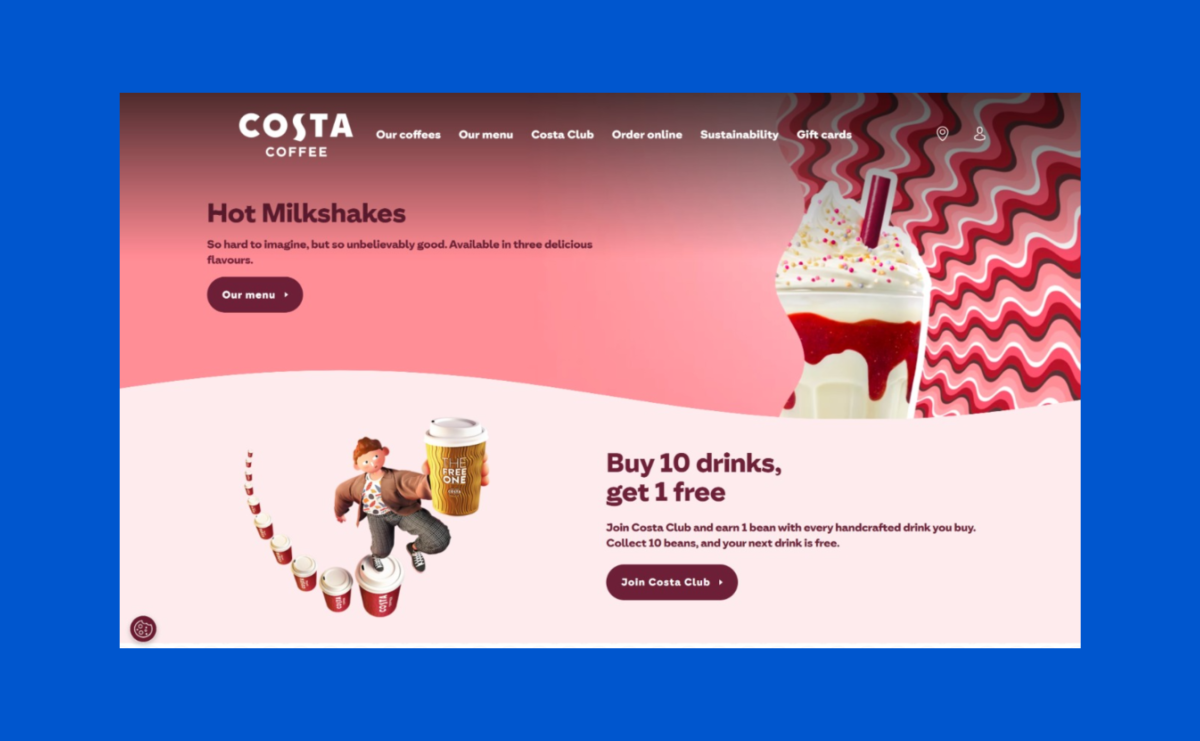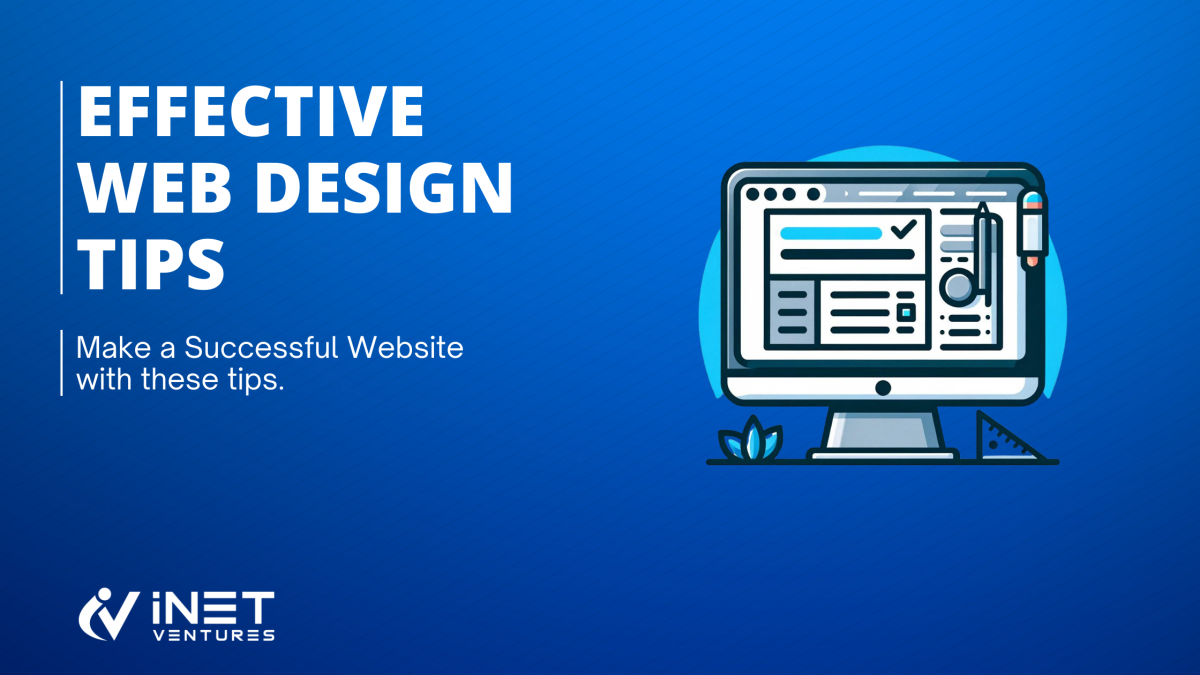For a target audience to find your small business or startup, you need to be visible and have an online presence.
Consumers will only be able to find you with an effective website, and that’s why it’s important to make sure your site is designed optimally to ensure maximum impact and retention.
With a fierce level of competition evident in every industry, no company has the luxury of lagging behind with its technology or business practices. A great website is crucial, not optional.

If you have limited experience with web design or need assistance with optimising a website, it’s vital to reach out to a trusted, reputable resource to assist with this aspect of your business. One leader in this industry is BPS Designs, which is dedicated to helping new and growing businesses with their online presence.
With an effective website, prospective customers have the chance to connect with your business, interact with you, and learn more about what you have to offer.
Tips On Developing Your Web Design
Developing an online presence is critical for a small business or startup that needs customers to find it. In that vein, designing an effective website can ignite the consumer’s curiosity and lead them to discover more about what you offer.
Many new businesses and even larger organisations that are growing or expanding have limited knowledge of designing an optimal website. Key steps should be followed to ensure it’s valuable to the client, relevant, and easy for them to navigate.
Here are some tips and tricks from the experts on designing a website for your business that will spark the interest of your target audience:
Pick a platform
There are several platforms to build a small business website. Popular choices include Wix, Squarespace, and WordPress. Here we compare each to help you choose which is best for your needs.
| Feature | Wix | Squarespace | WordPress |
|---|---|---|---|
| Ease of Use | Very user-friendly with drag-and-drop editor. | Intuitive drag-and-drop interface, but with a steeper learning curve than Wix. | Requires more technical knowledge, especially for customization beyond themes and plugins. |
| Design & Templates | Hundreds of templates, highly customizable. | Professionally designed templates with more cohesive design aesthetics. | Thousands of themes, varying in quality. Highly customizable with coding. |
| Flexibility | Good for basic to moderately complex sites. | Good for beautifully designed sites, less flexibility outside design parameters. | Highly flexible, suitable for simple blogs to complex websites. |
| E-commerce | E-commerce capabilities with paid plans. | Strong e-commerce features, especially on higher plans. | Advanced e-commerce solutions with plugins like WooCommerce. |
| SEO | Basic SEO features included, with advanced features in higher plans. | Good built-in SEO tools and options. | Powerful SEO capabilities, especially with plugins like Yoast SEO. |
| Pricing | Free plan available; premium plans start at around $14 per month. | No free plan; pricing starts at $12 per month. | Open-source and free, but costs for hosting, domain, and premium themes/plugins apply. |
| Maintenance | Wix handles maintenance and security. | Squarespace handles maintenance and security. | User is responsible for updates, security, and backups, unless managed WordPress hosting is used. |
| Customization | Limited customization capabilities compared to WordPress. | Limited access to site’s underlying code, restricting deep customization. | Unlimited customization possibilities with access to code and thousands of plugins. |
| Support | 24/7 support through various channels. | 24/7 support through email and live chat. | Community support and forums; direct support depends on theme/plugin providers or hosting service. |
User-friendly, valuable, and simple
You only have one opportunity to make a first impression on the consumer. When the audience is drawn to your website from a search, they will immediately decide whether you’re worth their effort.
The brand’s identity and how the customer views the brand will be determined on this visit. Find tips for an effective website for your business here.
A priority when designing a website is to stand out from the competition, many of whom might use cookie-cutter design templates. You want your design to be sleek, appealing, unique, and minimal for ease of use. It should feature a professionally created logo and an informative home page.
Your site should tell consumers all about your background, what it is you represent, and what your products and services are. The details should be concise and relevant. You want to avoid clutter with too much content and overuse of images. Many users will likely be visiting from their mobile devices.
That means the details need to be simplistic and adequately sized with a “call to action” that will potentially result in consumers doing rather than simply viewing.
Responsive design
On the subject of customers visiting your site using their mobile devices, one important element of your website is that it should incorporate responsive design.
If you don’t know what responsive design means, it’s essentially a term that refers to a website that adapts the way it looks and feels for different types of devices.
This means your site should look and feel different on desktop than on mobile devices, and customers visiting your site on a smartphone or tablet should find a site that feels great to interact with using a touchscreen.
Most website design providers, like Squarespace or Wix, will usually incorporate responsive design into their templates and packages, but as we’ve discussed, you don’t want to fall back on a standard template; you want to make sure that your site stands out.
With that in mind, then, you should ensure that the web designer with whom you’re working is aware that you want to prioritise responsive design. If you’re the one creating the website, make sure not to forget this important element!
Products and services
Your homepage should have the products and services that you offer highlighted.
Let’s say you’re creating a website for a coffee shop. That site should incorporate images of your specialty brews, for instance; something that will attract the customer’s attention and draw them to your store’s site.
The homepage should only have a few simple images, with more graphics placed strategically throughout the other pages.
Load time
Patience is limited when it comes to websites. Customers will avoid sites with long load times. This can affect your conversion rate and, therefore, also your bottom line. The infrastructure and bandwidth will need to capably withstand a design heavy in images and text.
A low-cost host could allow savings but will likely produce a lower-quality experience, including longer load times and unreliable service.
Consistent branding
One element of a great website that often goes under-reported is the importance of consistent branding across the site.
For many, this simply means using the same logo and graphic design style, but branding encapsulates more than just visuals; it also extends to the copy on your site.
When you use different copy styles across different aspects of your site, it can contribute to an overall feeling of amateurishness that customers may find hard to place, but that will likely turn them off the site anyway.
It’s a good idea to work with the same copywriters across all of the different “compartments” of your site. This will ensure consistency and will also mean that you can be sure of the quality of the copy on your pages.
If you absolutely can’t work with the same writers, then make sure to create a comprehensive standard practices document to let future writers know what you expect from the site’s copy.
Accessibility
When designing a website, you need to consider who the audience logging into the site might be. Someone might be visiting with disabilities, or another person might have a slower connection.
The design should be consistent with easy navigation. Anyone who feels overwhelmed or confused when trying to manoeuvre through the details will likely leave. Each page should also correlate with the overall theme, looking similar and cohesive.
Optimisation and organisation
Search engines tend to favour an organised and optimised design, and users expect a certain level of organisation. When signing on, the customer is searching for certain details. The pages should be orderly, offering the most prominent information from the off.
The coffee store from our earlier example, for instance, will have specialty brews but might want to categorise them by brand and then subcategorise them into different roasts and other items offered within the shop. If a shopper has a favourite brand, they only need to look through a few items to find their choice.
Formatting is also vital in that the primary details should be bold with simplistic fonts, while any highlights should be listed in bullet points. You want the formatting to be easy to follow with minimal colour or font changes to avoid overwhelming the user.

Keeping with the theme of a coffee website, let’s take a look at Costa Coffee, a popular coffee brand in the UK. As you can see, the site’s front page clearly displays the logo and navigation menu. The page is visually appealing, showcasing their coffees, which look delicious!
Contact details
Your website should prominently include a way to contact you in order to ensure that customers can address any queries or comments they may have directly to you.
Usually, these contact details include social media platforms like X (formerly Twitter) and Facebook, and if your business is visually inclined, then you may want to have an Instagram account set up as well.
At minimum, however, you should include an email address that’s specifically formulated for customer queries. Don’t use Gmail or other customer-focused email services; these can look unprofessional and contribute to the idea that you’re not serious about your business.
Instead, your contact email address should include your business’ domain, as should your social media handles. This is actually an opportunity to show customers how professional you are, so don’t squander it!
Final thoughts
For an optimised website, the user should find valuable, high-quality content they can find when performing a search. That means optimising for search engines to improve your visibility when the audience is looking for a solution to their issue. Click here for guidance on how to make your website stand out.
For small businesses and startups, in particular, integrating your social networks is a must when interacting with users and emphasising your presence.
Designing a powerful website can be daunting for a new or expanding business. Still, it can be worth outsourcing the task to convert users to repeat clients, further contributing to the possibility of overall digital success.


